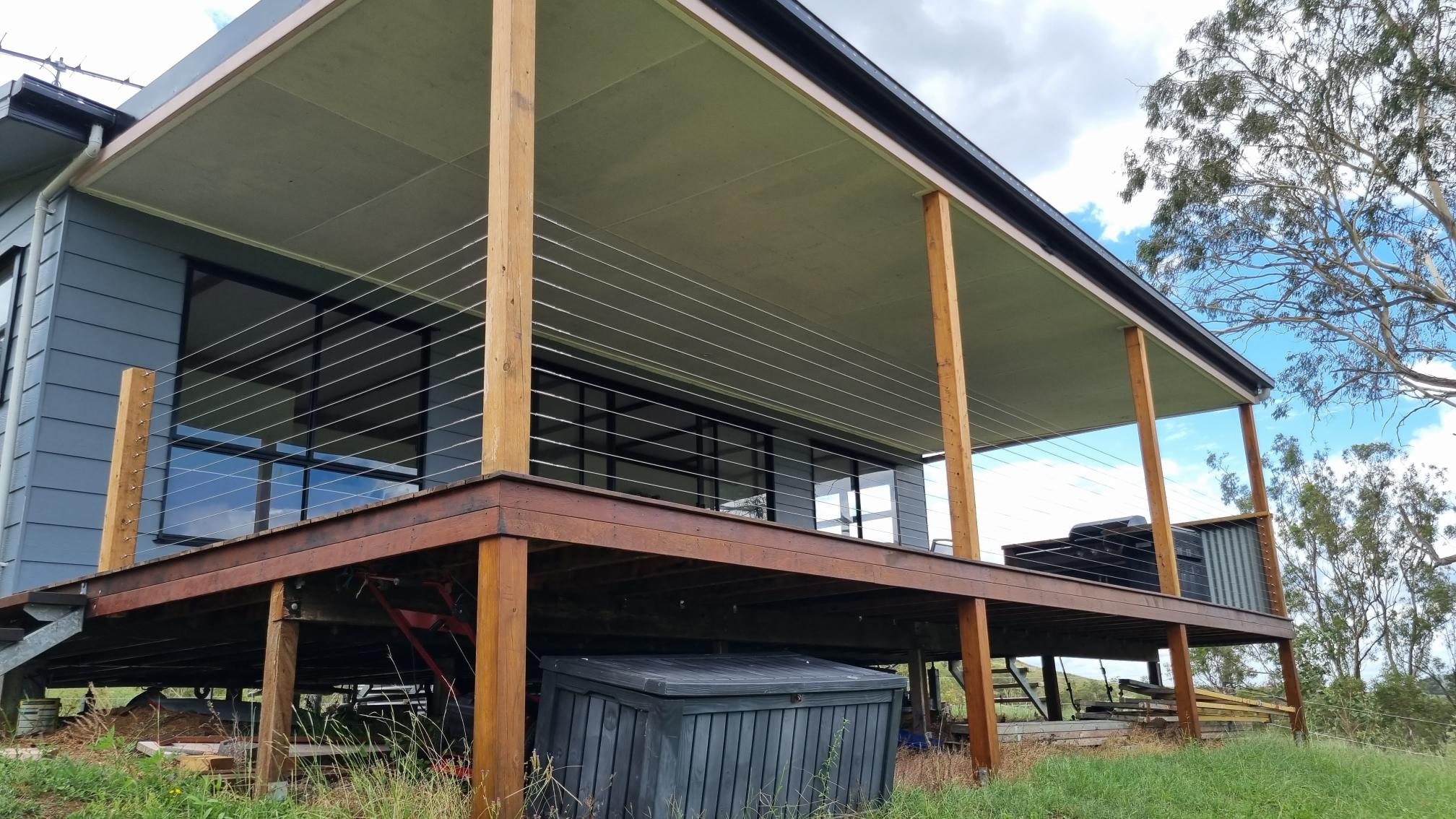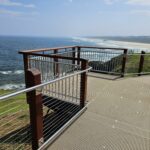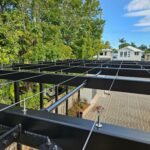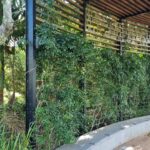In modern Australian architecture, the balustrade represents a fundamental tension: the push for minimalist aesthetics versus the pull of non-negotiable safety standards. For architects, builders, and specifiers, creating spaces that feel open and connected while ensuring absolute safety is the core challenge. Getting it wrong isn’t just a design failure; it’s a significant legal liability, a risk to reputation, and a potential danger to occupants.
Stainless steel wire balustrades are the go-to solution for achieving a minimalist, see-through look, but their specification is governed by strict balustrade regulations Australia has put in place. This guide breaks down the essential requirements of the National Construction Code (NCC) to empower you to design and build with confidence.
Decoding the Core NCC Balustrade Requirements
The NCC provides a clear framework for fall prevention. While the full code is extensive, three primary rules dictate the design of a compliant wire balustrade system.
1. The Height Mandate: The 1-Metre Rule
The most fundamental requirement relates to fall prevention. Any deck, balcony, veranda, or opening where the potential fall distance to the surface below is 1 metre or more must have a protective balustrade.
- NCC Requirement: The top of the balustrade must be at least 1 metre (1000mm) above the finished floor level.
This standard for balustrade height in Australia is the first and most critical checkpoint for any project.
2. The Gap Specification: The 125mm Sphere Rule
This rule is designed to prevent small children from falling through or becoming trapped in balustrade openings.
- NCC Requirement: No opening in a balustrade can be large enough for a 125mm sphere to pass through it.
For wire balustrades, this directly impacts the spacing between each horizontal or vertical wire. However, it’s not just about the initial spacing; it’s also about how the wires perform under pressure. This is where wire tension becomes a critical compliance factor.
3. The Climbability Factor: The >4-Metre Non-Climbable Rule
When the stakes are higher, the rules become stricter. For any balustrade protecting a fall of 4 metres or more from the floor to the ground below, an additional layer of safety is mandated to prevent climbing.
- NCC Requirement: The balustrade must not have any horizontal or near-horizontal elements that could facilitate climbing.
This is arguably the most challenging of the NCC balustrade requirements for projects specifying horizontal wire systems. To achieve compliance in these situations, solutions may include using vertical wires, fitting a non-climbable top rail (like a lean-over design), or incorporating a perspex panel. Consulting with an expert on non-climbable balustrade solutions is crucial for these high-risk applications.
The Unseen Detail: Why Wire Tension is a Compliance Issue
A common point of failure for wire balustrades is improper tensioning. The 125mm sphere rule applies not just when the wires are static, but also under load. If wires are not sufficiently tensioned, they can be deflected or separated, creating a gap larger than the allowable 125mm and rendering the entire system non-compliant.
Achieving the correct tension depends on three factors:
- Correct Post Spacing: Posts must be spaced appropriately to minimise deflection.
- High-Quality Fittings: Using professional-grade tensioners and swages is essential.
- Expert Installation: Tensioning requires specialised tools and knowledge to meet the required standard without overstressing the components.
Partnering for Peace of Mind: Guaranteed Compliance with Jasbem
Understanding the regulations is one thing; implementing them flawlessly on site is another. The difference between a beautiful, compliant balustrade and a costly defect notice often comes down to the expertise of the installation partner.
At Jasbem, we are not just suppliers; we are specialists in tensile architecture. We partner with architects and builders to ensure that your design vision is realised without compromising on safety or compliance. Our team are experts in the ncc balustrade requirements and provide expert consultation and installation services that guarantee a fully compliant result every time. We manage the technical details so you can focus on creating exceptional spaces.
Don’t let regulatory complexity stand in the way of your design.
Navigating NCC compliance can be complex. Book a no-obligation consultation with a Jasbem specialist to ensure your design is beautiful, safe, and fully compliant.
Contact Us Today



